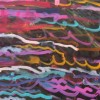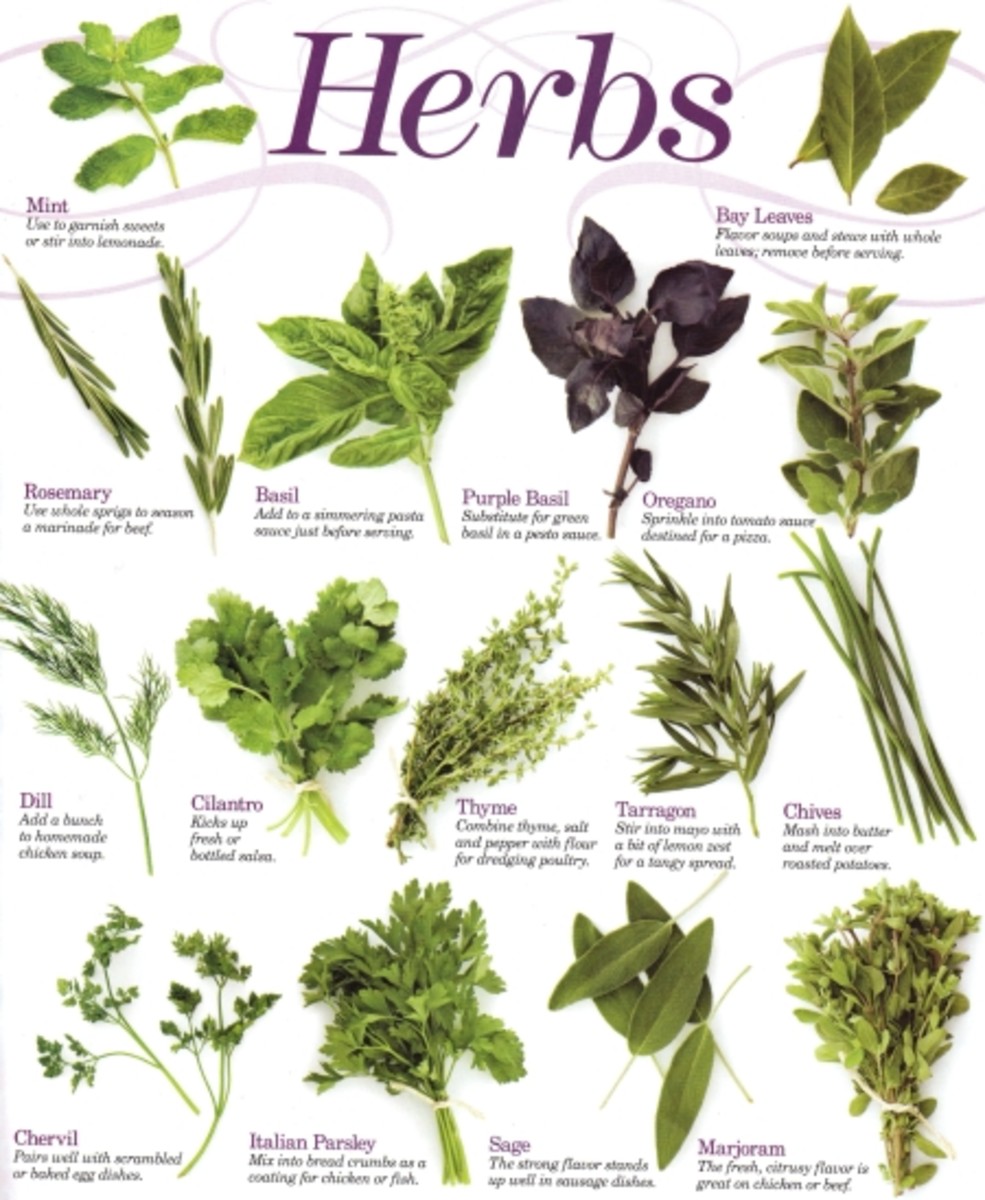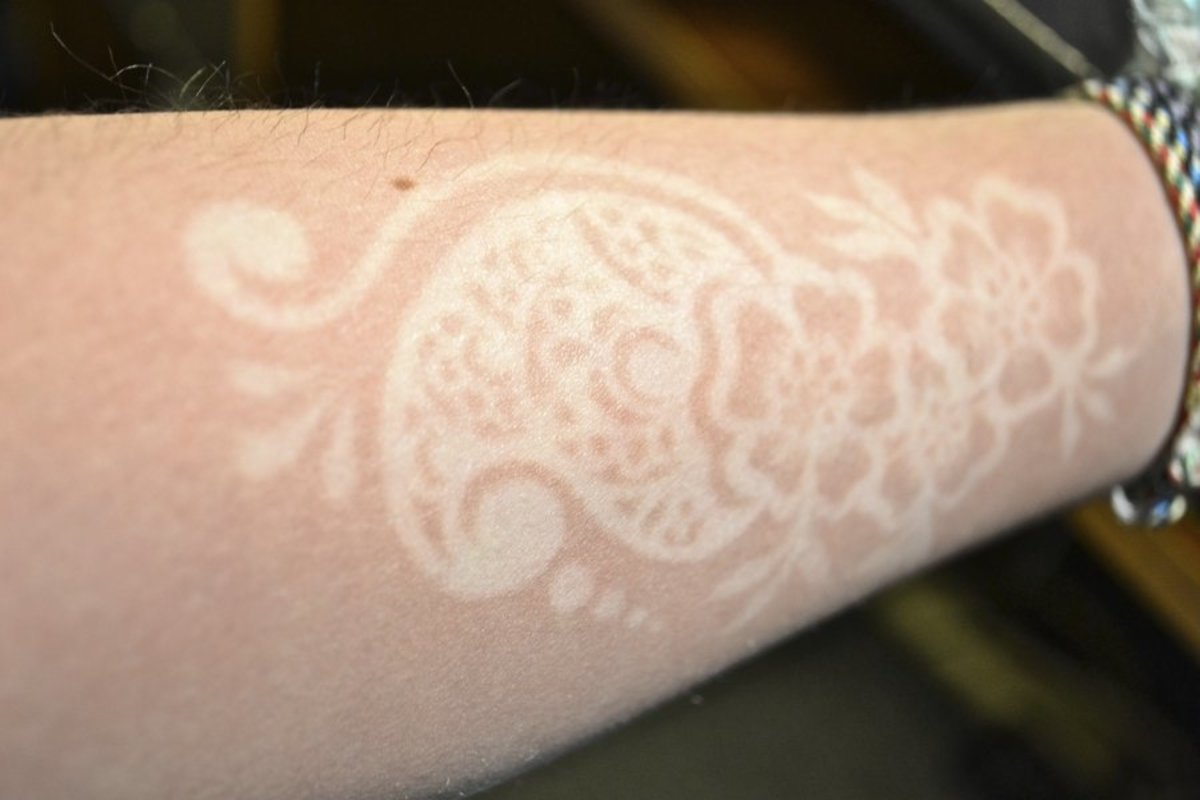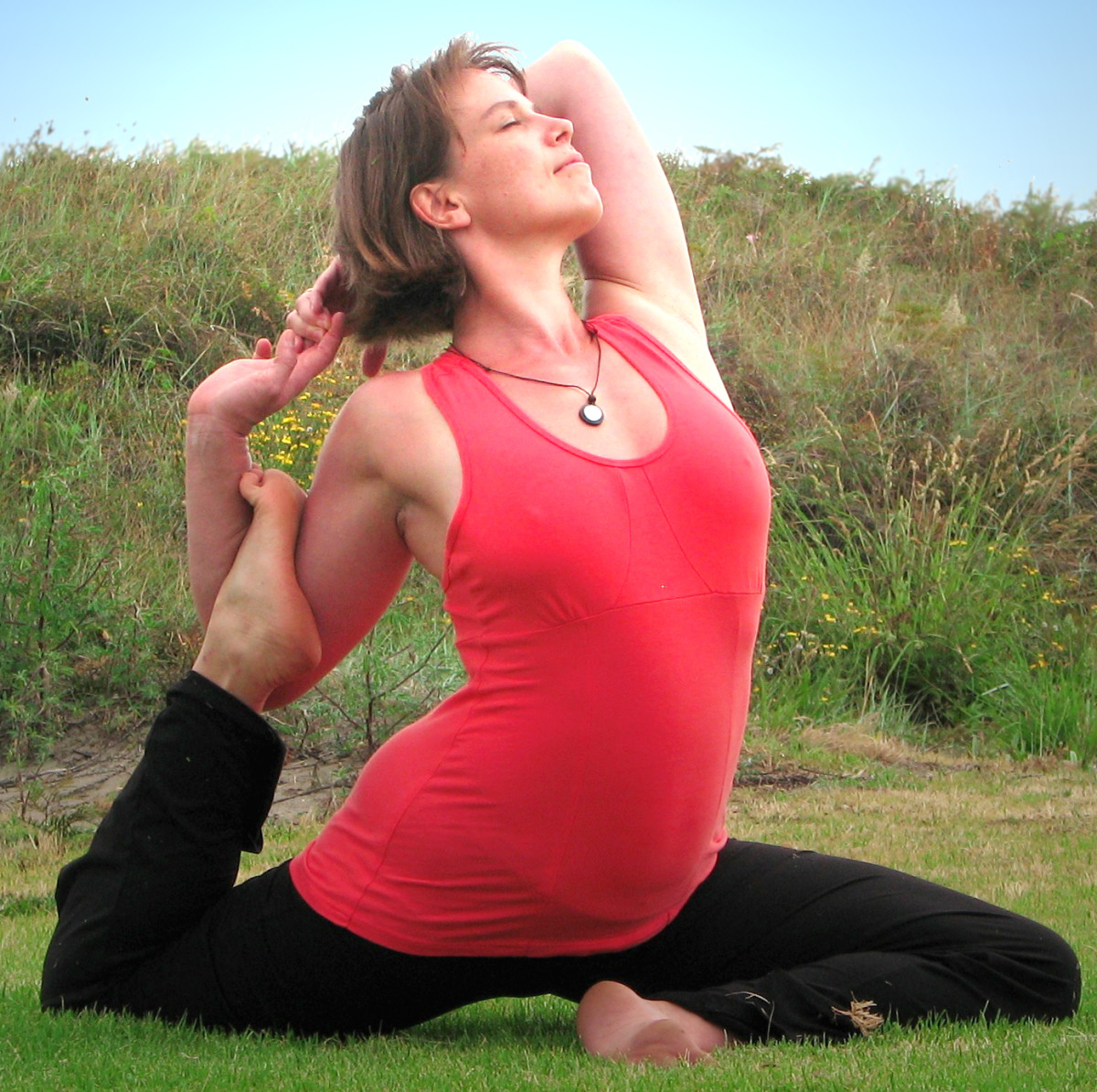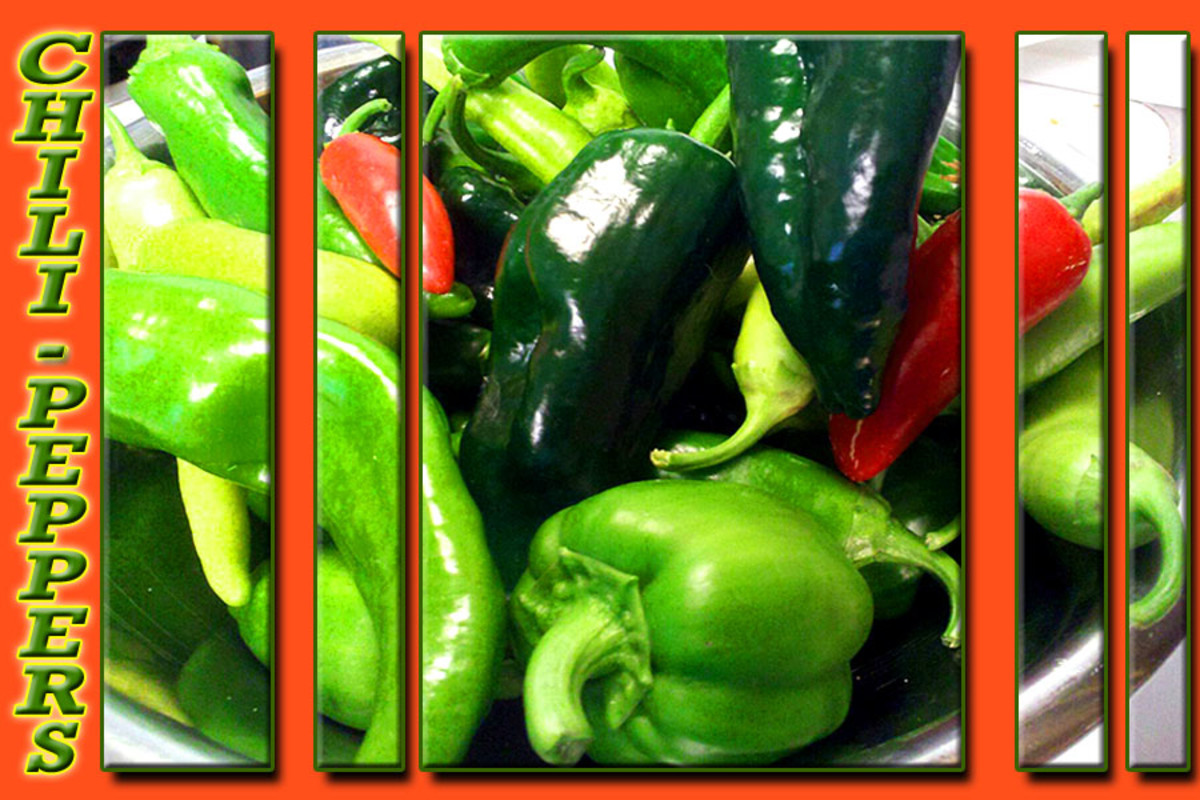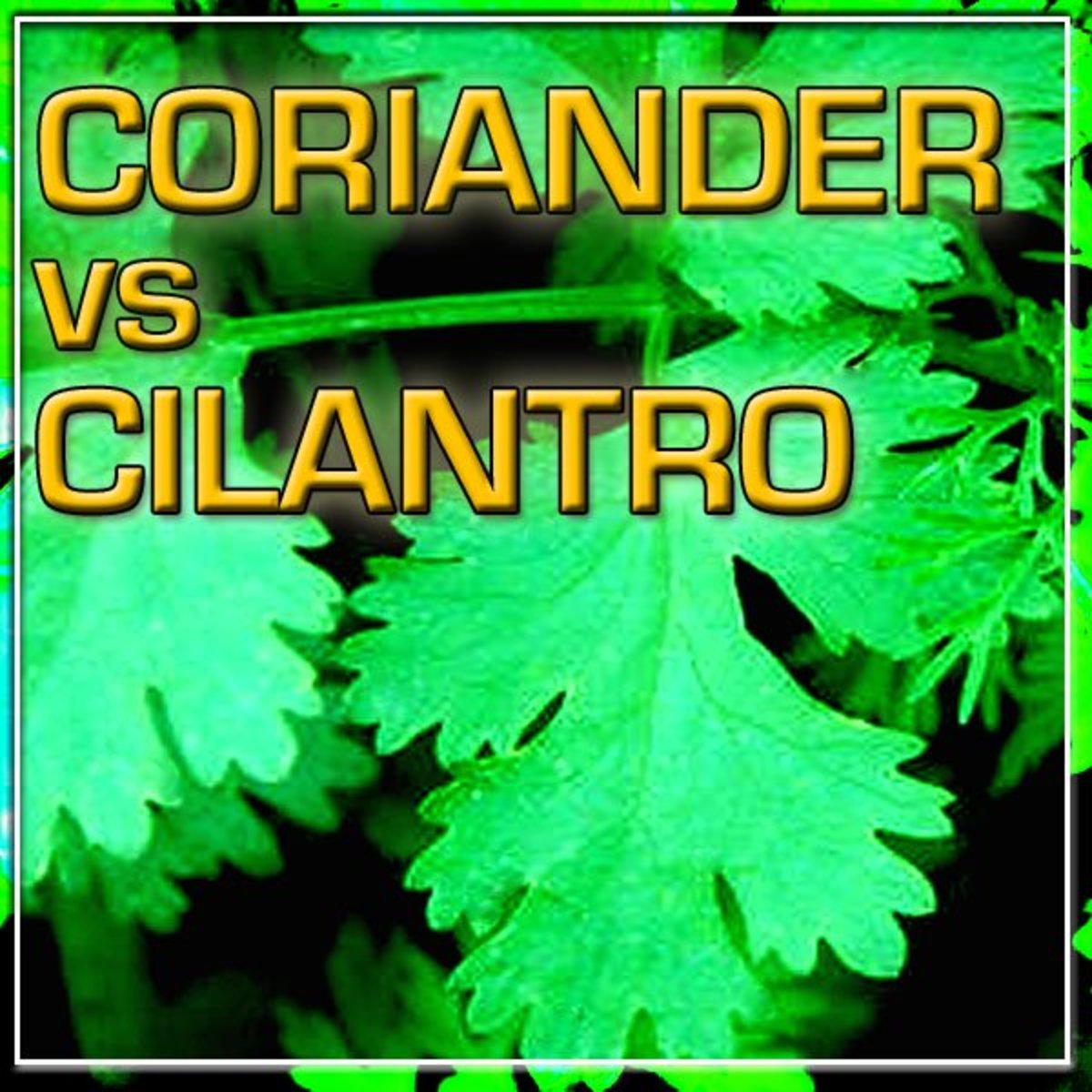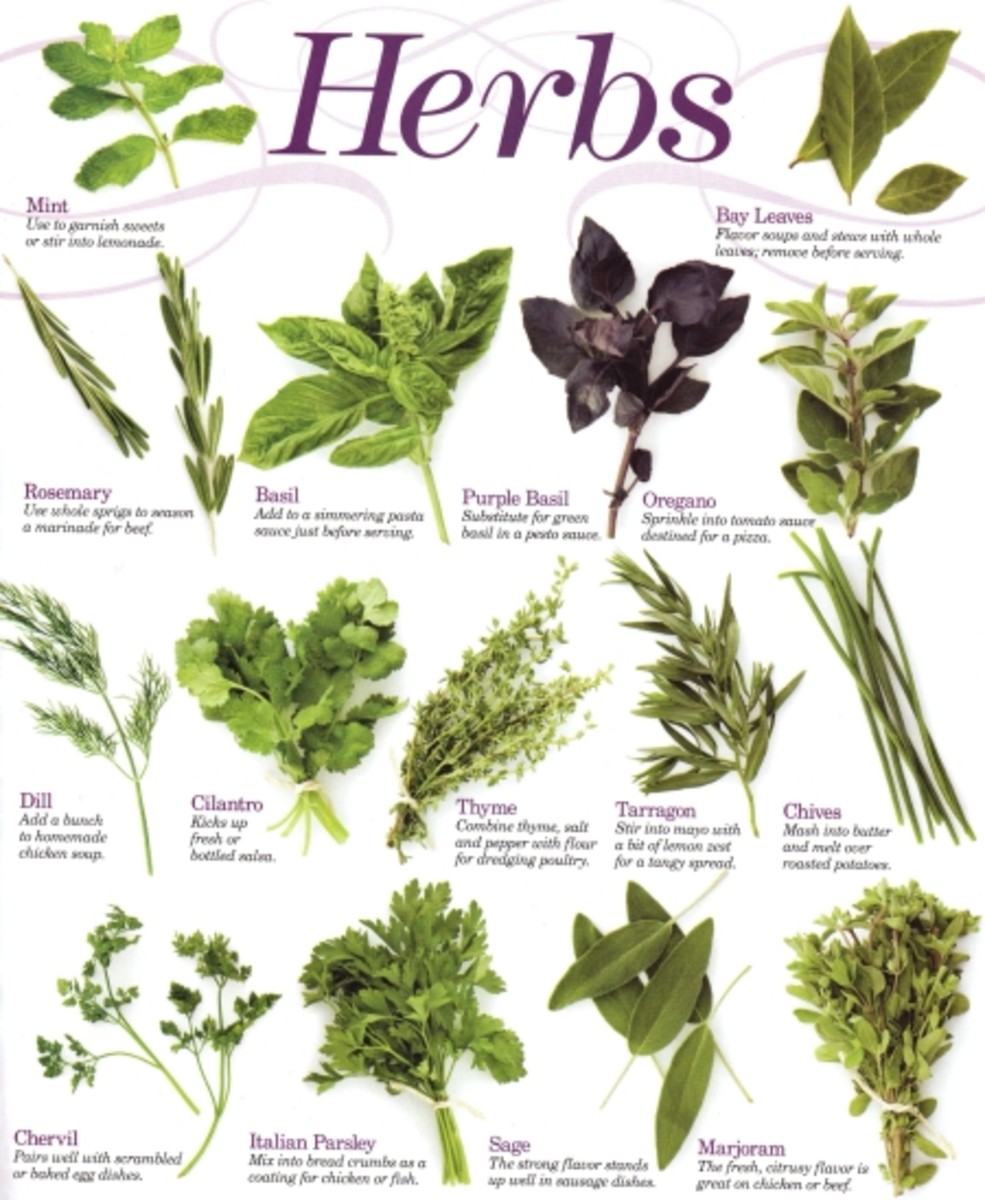The Art of Herbs - Henna

We all value herbs but we all have our own reasons. Since centuries, people fell for their pleasant scents, flavors, scarcity, design, art but most of all were mesmerized by the herbs miraculous abilities to heal the incurable.
Even in today's fast food oriented nations, I still swear by herbs. I personally choose to adore the Henna herb because like other cooking ingredients it adds life to my dishes. But unlike some other herbs that only cater the inner body; Henna makes dishes that nurture the inner and external bodies.
Being the health conscious individual that I am, I prefer dietary plans that revolve around herbs. Similarly I hate having to use heavy chemicals to upgrade my style. Thus instead of having dying, bleaching, or highlighting as part of my ritual beauty regimes, I approach my hair and skin with more cautious procedures. Not only are cosmetic herbs safer and healthier but their results are always less permanent. Other than the artistic or design benefits, Henna is also used medicinally to cure common diseases.
Henna's Origin
Henna is originally made from dried leaves that fall off the Lawsonia Enermis, a plant which grows to be 4 to 8 feet in height in hot climates.[1] And despite what products or any one claims, this is the single pure type of Henna. The packages that claim that things like neutral, black or red Henna are pure Henna products are either misleading or truly mislead. The naturally Lawsonia Enermis Henna is nothing but green powder that creates a light brown or light reddish stain when wet.
So where do all the colors come from?
Different cultures tend to mix Henna with other ingredients to enhance its color, look, feel and even smell. Eastern areas usually offer a large number of enhanced yet natural varieties like the black and red Henna. But unlike many misconceptions this henna isn't actually red or black. Manufacturers add either artificial food colors or other natural herbs to create a darker stain.
Healing Miracles
Currently Henna's usage is beyond its original aesthetic uses. Though little research is there to prove Henna's medicinal values, it is still used in many regions medicinally. For example where I come from -Yemen- some people use it to treat mouth ulcers, stomachaches, smallpox and leprosy in their early stages, fungal skin infections, eczema and other afflictions of the skin. From my earliest memory, my grandmother used to create Henna paste and apply it to reduce pain or swelling in her joints.When the kids complained about the smell, she swore that not even the strongest pills gave her the same relief.
You may not like it's pure taste or smell but Henna's decoction is also great for throat soreness. And when mixed with other ingredients like honey and milk it removes blood impurities, pimples, itching, constipation, and burning in the urine.[2]
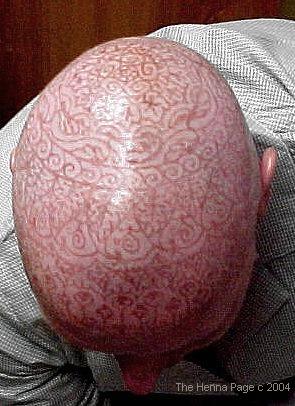
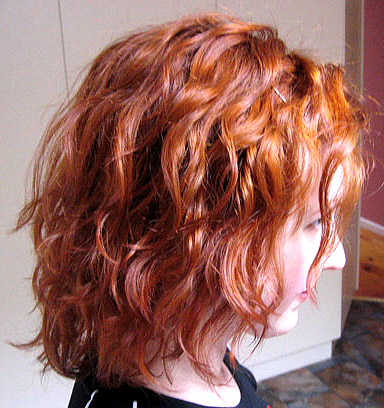
Henna Cosmetics
Henna is well-known for dying hair and body art but what a lot of people don't know is that Henna could literally replace half of your cosmetic shelf and below is a list of the cosmetics that it could substitute:
Hair
1- Hair Color
Henna hair colors are mainly natural ranging from black, to light reddish/ brownish colors unless they are mixed with a bunch of other kitchen ingredients or natural herbs. Those could result in purplish and bluish shades.
2- Conditioner
When mixed with olive oils and honey, Henna is used to enhance the texture and appearance of the hair. Just like any other conditioner, depending on the hair type, different ingredients should be mixed to obtain optimal results.
3- Hair Growth
Though personally, I haven't witnessed any hair growth changes, Henna is claimed to maintain the hair's health and voluminosity when applied regularly.
4- Skull Drawing
People who lose their hair for example: due to chemotherapy procedures, sometimes use Henna to decorate their skulls. Caution: a physician should always be consulted.
5- Eyebrows
If you are going to apply Henna on your hair you will most likely end up applying Henna on your eyebrows to achieve a more natural look.

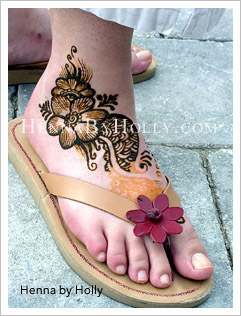
Body
1- Body Art
Unlike the regular tattoos that create permanent surgical ink insertions into the skin's dermis, Henna temporarily draws over the skin's outer layer. And if you are anything like me, and your desires and dislikes change rapidly on regular basis, having to select a permanent mark to decorate your body is rather excruciating.
Image 1 displays one of my hands (the other is my friend's hand) decorated with what is known as "Naghsh" in eastern areas. The Henna Nagsh is expected to last 2-3 weeks and due to it's dark color is sometimes inferred as a real tattoo.
See the video found in the right hand side to get a clearer idea on Henna's body art. The video displays hand designs but Henna could be applied almost anywhere on your body to create a permanent mark.
2- Cracking Nails
Henna also treats cracked nails. You need to drink the liquid of soaked Henna leaves to witness stronger and more beautified nails.
Where to get Good Henna from ?
Henna is usually found in local Indian or eastern stores. However, to get optimal results from your Henna, the powder has to be fresh. So make sure to check things like the expiry date. Research the brand to ensure that the ground leaves are not already stale and that the product hasn't been poorly processed. You can also buy it online using the link below.
Once you get the right Henna, you can store the dry powder in a room temperature. If you have leftovers from your Henna paste, you can still store it by freezing the compound inside heavy plastic or aluminum foil.

References
[1] http://www.crystalinks.com/henna.html
[2] http://www.herbal-supplements-for-you.com/herbs/henna.htm
